The iPhone isn't just outpacing the competition—it's practically carrying the entire smartphone industry on its back. While other major brands struggle with flat or declining sales, Apple's latest iPhone models are driving unexpected growth in a market that many analysts had written off as saturated. Let's break down what's really happening behind these surprising numbers and what it means for the future of mobile technology.
Apple's iPhone shipments increased 12% annually during Q3 2024, dramatically outperforming the overall market which managed only 4% growth. Even more impressive, global smartphone shipments totaled 1.22 billion units in 2024, reflecting a 7% year-on-year increase largely driven by iPhone momentum. The standout performers? iPhone 15 Pro Max topped shipment charts, followed closely by the iPhone 15 and 15 Pro, with even the newer iPhone 16 Pro models making it into the top 5.
What makes this growth particularly remarkable is that it's happening in a market most analysts thought had reached maturity. When consumers are holding onto devices longer than ever—with upgrade cycles stretching beyond 42 months—the fact that Apple is still driving meaningful expansion speaks to something fundamental about its market position.
What's driving Apple's momentum while rivals stumble?
Here's where it gets interesting: Apple isn't just winning on volume—it's completely redefining what "premium" means in smartphones. Apple secured 18% market share globally in 2024, taking the #2 spot, while maintaining its stranglehold on the high-end segment. The real story is in the details: consumers aren't just buying iPhones, they're trading up to the most expensive models.
In markets like China, Pro series devices now capture well over 50% of iPhone sales, up from mid-forties share in Q4 2023. This "premiumization" trend is crucial—even when overall iPhone sales dip slightly, consumers are pivoting to Apple's ultra-high end, helping offset volume declines with significantly higher margins.
Meanwhile, Apple's geographic expansion tells another compelling story. Double-digit growth in India, Southeast Asia, and Latin America was largely driven by aggressive price discounts on iPhone 15 and legacy models. This isn't just about premium positioning—Apple is strategically using older models to capture price-sensitive markets while maintaining its luxury image with the latest releases.
The genius of this approach lies in its execution: Apple has mastered the art of market segmentation without brand dilution. By offering previous-generation models at accessible price points in emerging markets while pushing Pro models to ever-higher price tiers in mature markets, they've created a strategy that captures both volume and value. It's a level of strategic sophistication that explains why Apple has leaned heavily on trade-in programs and carrier partnerships, making premium devices more attainable without cheapening the brand.
The competition's challenges run deeper than expected
Samsung, traditionally Apple's closest rival, tells a different story entirely. Samsung maintained its lead with strong S24 series demand, positioning the S24 as "the first phone positioned as an AI device." Yet Samsung's shipments declined 1% to 222.9 million units in 2024, despite this AI positioning advantage.
The broader Android ecosystem faces even steeper challenges. IDC noted that without Apple, the global smartphone market would be flat or in decline. This stark reality highlights just how dependent overall market growth has become on iPhone performance. Even success stories like Xiaomi's impressive 15% growth to 168.6 million units can't offset the broader Android struggles.
What's particularly telling is the regional variation. Apple posted annual declines in China (down 8%) and Central Eastern Europe (fell 9%), yet still managed overall growth through expansion in emerging markets and premium segment dominance in mature markets.
The strategic implications here reveal why Samsung's early AI messaging advantage didn't translate to sustained growth. Being first to market with "AI device" positioning should have been a competitive moat, but Apple's later entry with Apple Intelligence—emphasizing on-device processing and privacy—has proven more compelling to consumers. This highlights a crucial lesson: in mature markets, execution and ecosystem integration often matter more than timing. Android manufacturers find themselves squeezed between Apple's premium dominance and intense low-end competition from brands like TRANSSION, which now commands over 40% market share in Africa.
Why this iPhone surge might be sustainable
The fundamentals supporting Apple's growth look surprisingly robust for 2025 and beyond. IDC projects iPhone shipments will grow nearly 4% in 2025, lifting the entire smartphone industry as rivals face slower demand. This isn't just optimistic forecasting—it's based on several structural advantages Apple has built that competitors struggle to replicate.
First, there's the AI differentiation. IDC anticipates global shipments of GenAI smartphones to surpass 370 million units in 2025, representing about 30% of the market. While Samsung pioneered AI device marketing, Apple's Apple Intelligence approach—with its focus on 95%+ on-device processing versus competitors' estimated 30% average—creates a sustainable competitive advantage rooted in privacy and performance rather than just features.
Second, Apple's pricing strategy evolution shows remarkable sophistication. Average selling prices in the smartphone industry are forecast to increase 5% in 2025, with overall value rising 6%. Apple hasn't just mastered premium pricing—they've made higher prices feel reasonable through comprehensive trade-in programs, carrier partnerships, and financing options that spread costs while maintaining brand prestige.
Third, the replacement cycle dynamics increasingly favor Apple's approach. The average smartphone upgrade cycle has lengthened to over 42 months, but iPhone loyalty remains at 89%. When consumers do upgrade after holding devices longer, they're increasingly willing to pay more—exactly Apple's sweet spot.
Fourth, manufacturing diversification is building long-term resilience while opening new market opportunities. Apple's aggressive push into India production—targeting 25% of total iPhone manufacturing by 2025—isn't just about reducing geopolitical risk. It's about capturing a massive market where Apple currently holds just 4% share but has enormous potential, especially as local production enables more competitive pricing.
Where do we go from here?
The iPhone's ability to lift smartphone market shipments while rivals stall reveals something fundamental about the current tech landscape. This isn't just about one company outperforming others—it's about Apple successfully navigating the transition from a growth market to a mature, value-focused one while competitors still operate with growth-era playbooks.
Apple is projected to hold a 20% market share globally by 2025, with some analysts suggesting it could surpass Samsung as the world's largest smartphone maker in 2025 for the first time. The company's comprehensive strategy balancing aggressive pricing, product innovation, and market diversification appears to be paying off exactly when competitors are struggling most.
For the broader industry, this iPhone momentum represents both opportunity and challenge. Global smartphone shipments are forecast to grow 1% in 2025, up from earlier projections of just 0.6%—almost entirely due to iPhone strength. The question isn't whether Apple can maintain this trajectory, but whether the rest of the industry can adapt to compete effectively in an increasingly premium-focused market.
What we're witnessing represents a fundamental shift in smartphone market dynamics. Apple has demonstrated how to win when "good enough" is no longer enough—when consumers want devices that don't just work, but work beautifully, privately, and seamlessly across their digital lives. While others continue to compete primarily on specs and price, Apple has mastered the more complex art of creating desire and delivering experiences worth paying more for.
The implications extend beyond smartphones. As markets mature across tech categories, Apple's playbook—ecosystem integration, premium positioning with accessible entry points, manufacturing diversification, and privacy-first innovation—may become the template for sustainable growth in an era where pure expansion is no longer possible.






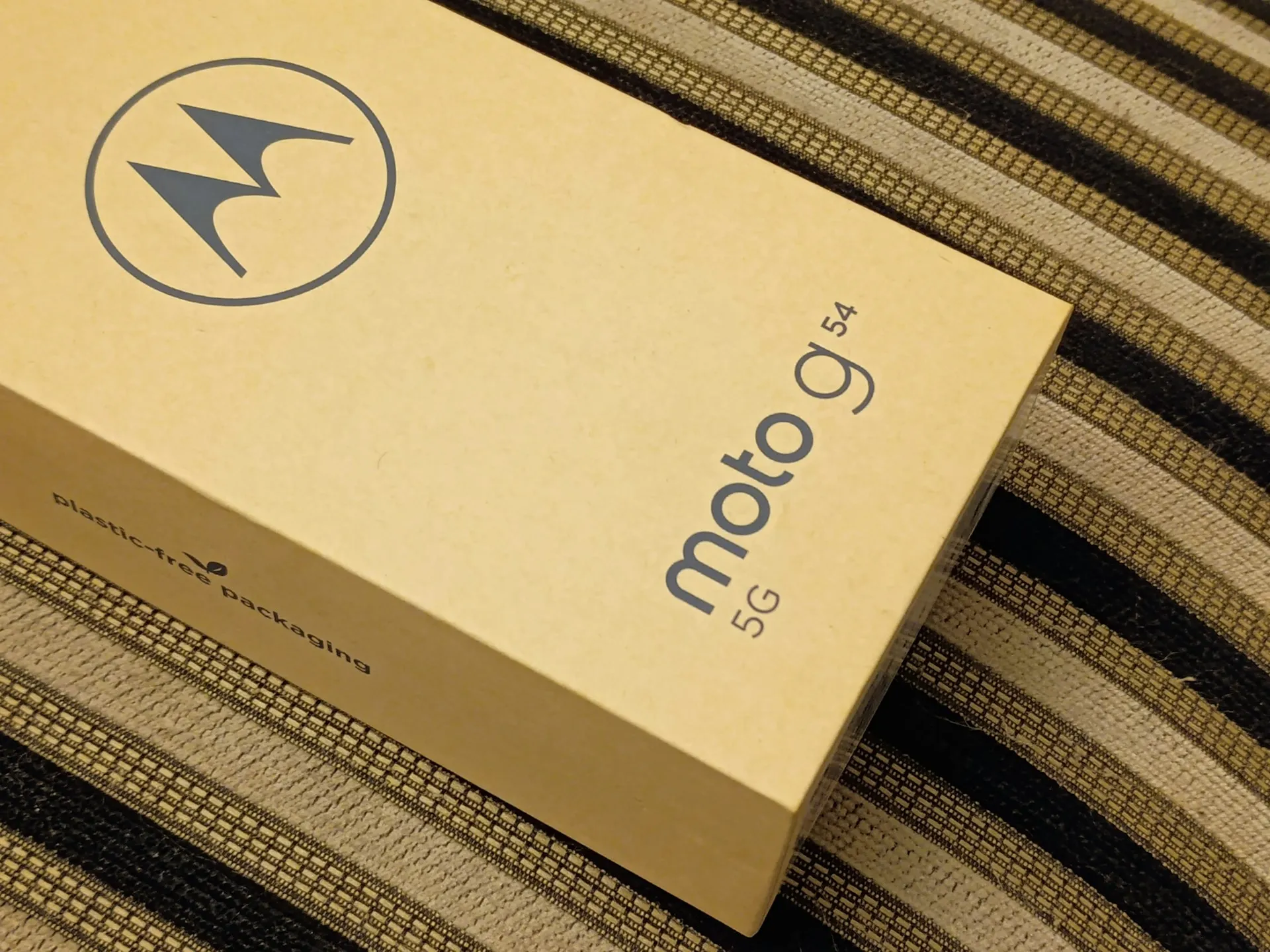

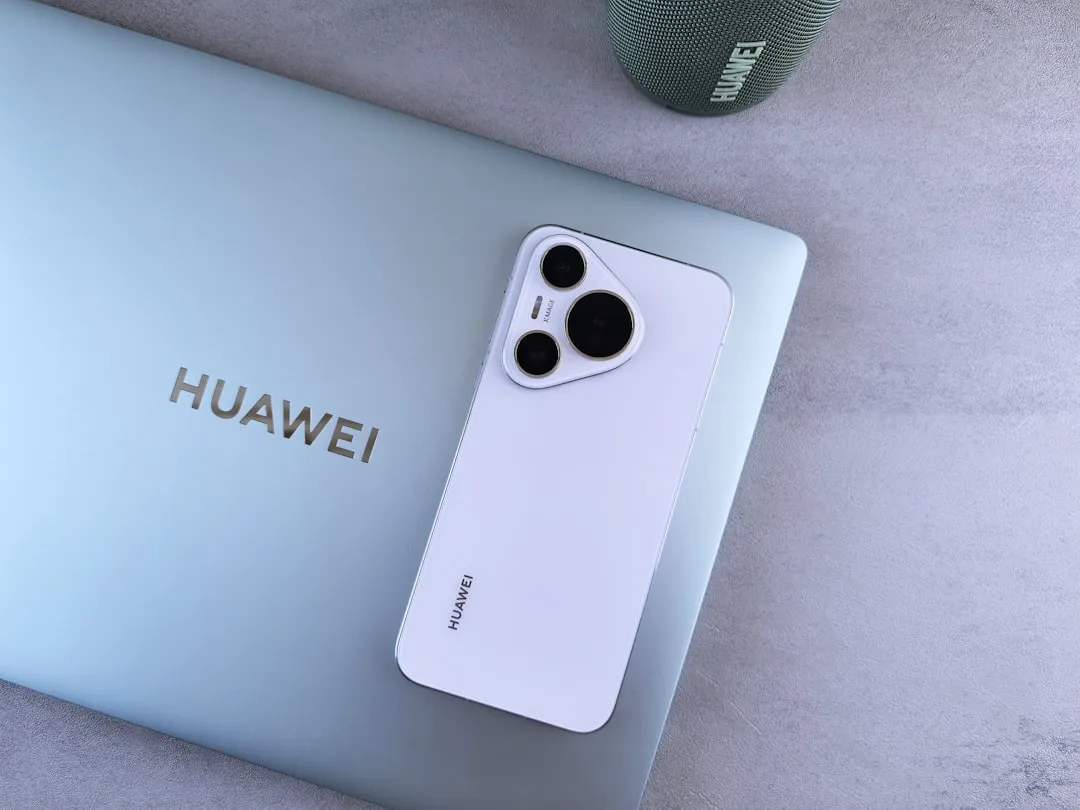


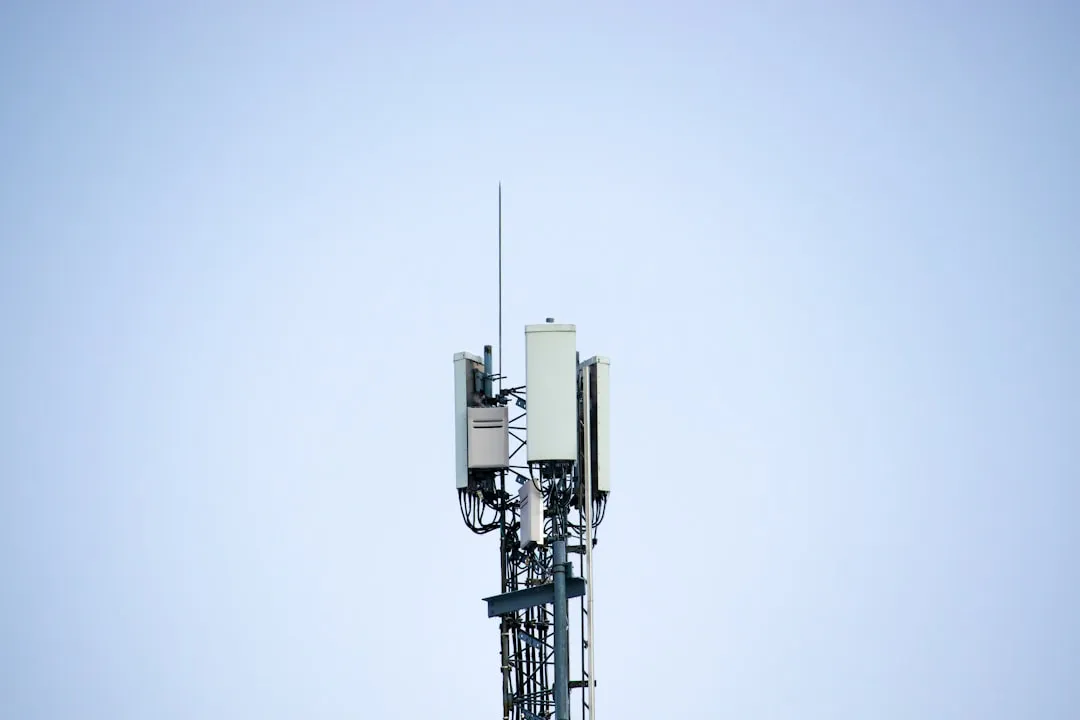


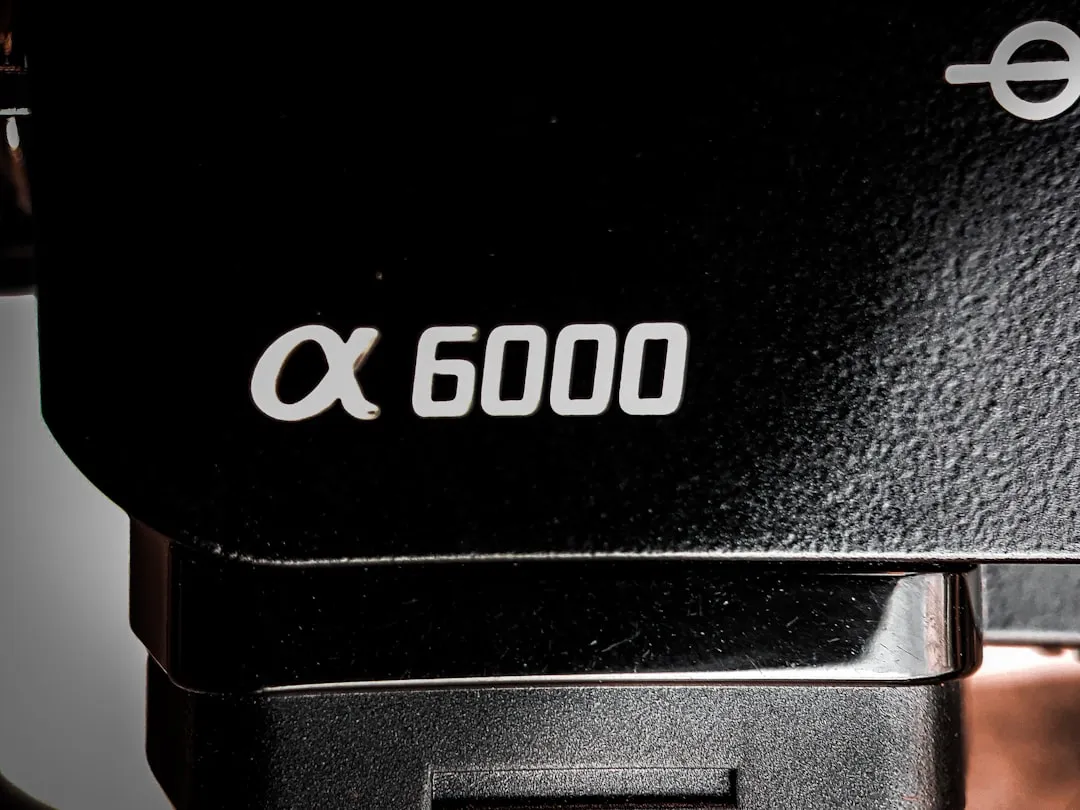


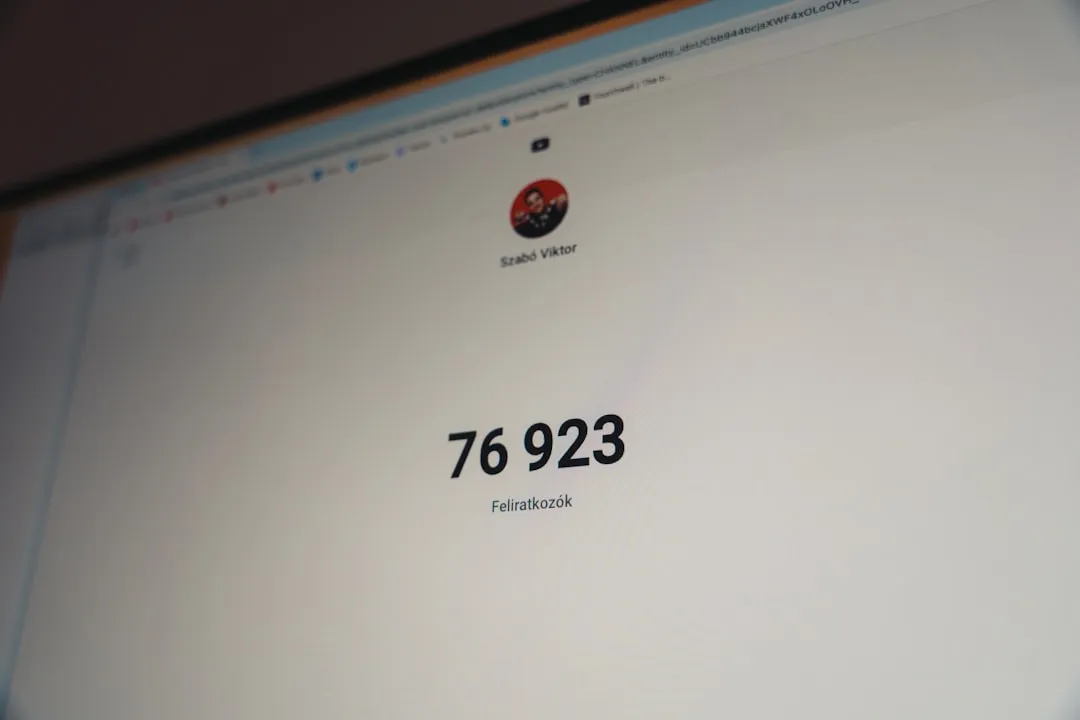

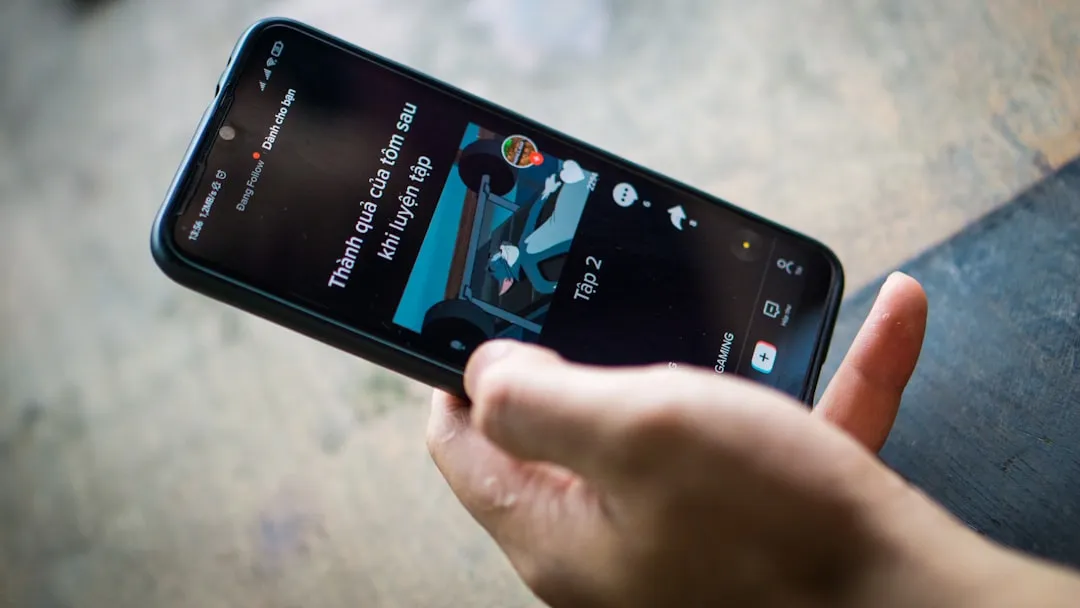





Comments
Be the first, drop a comment!